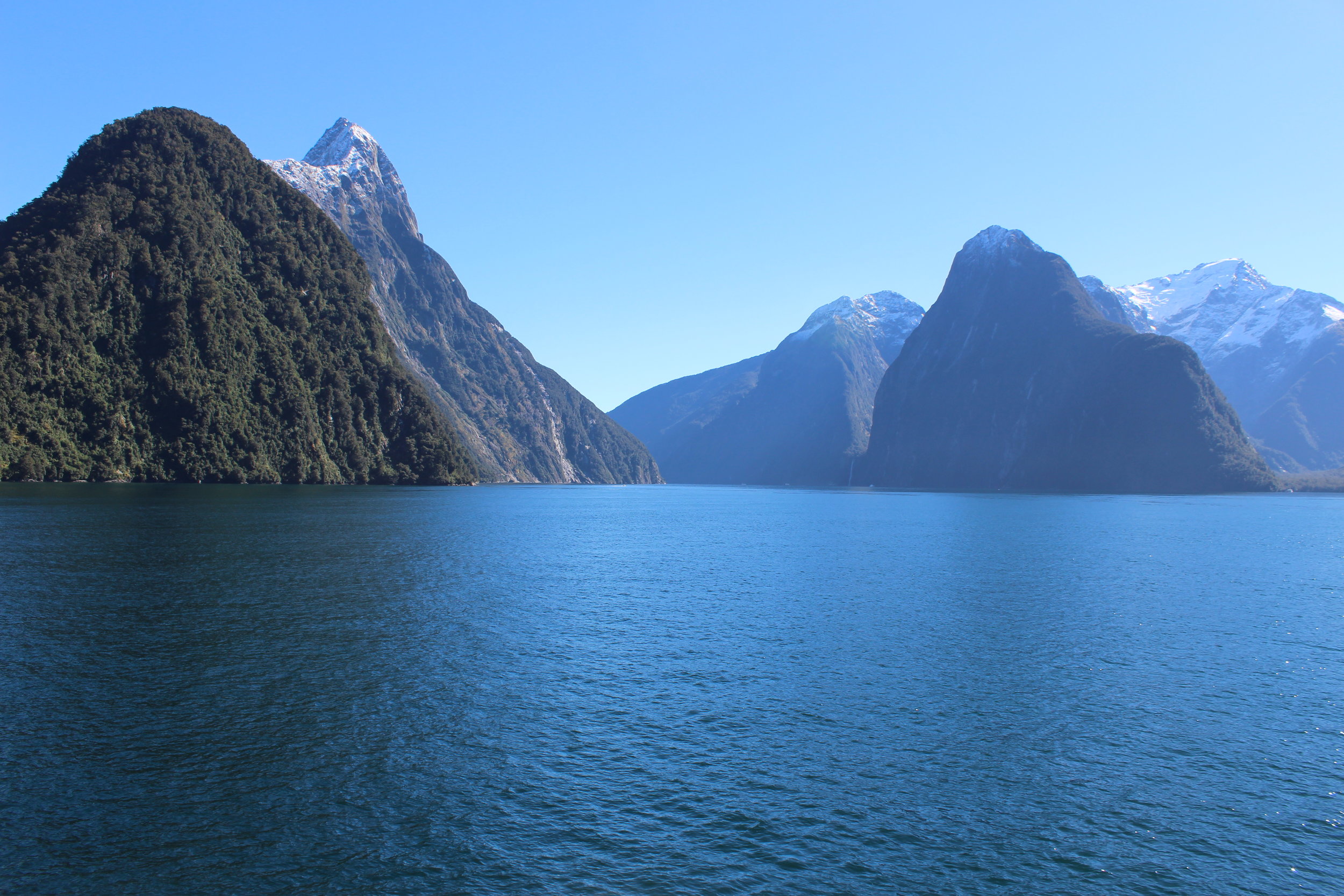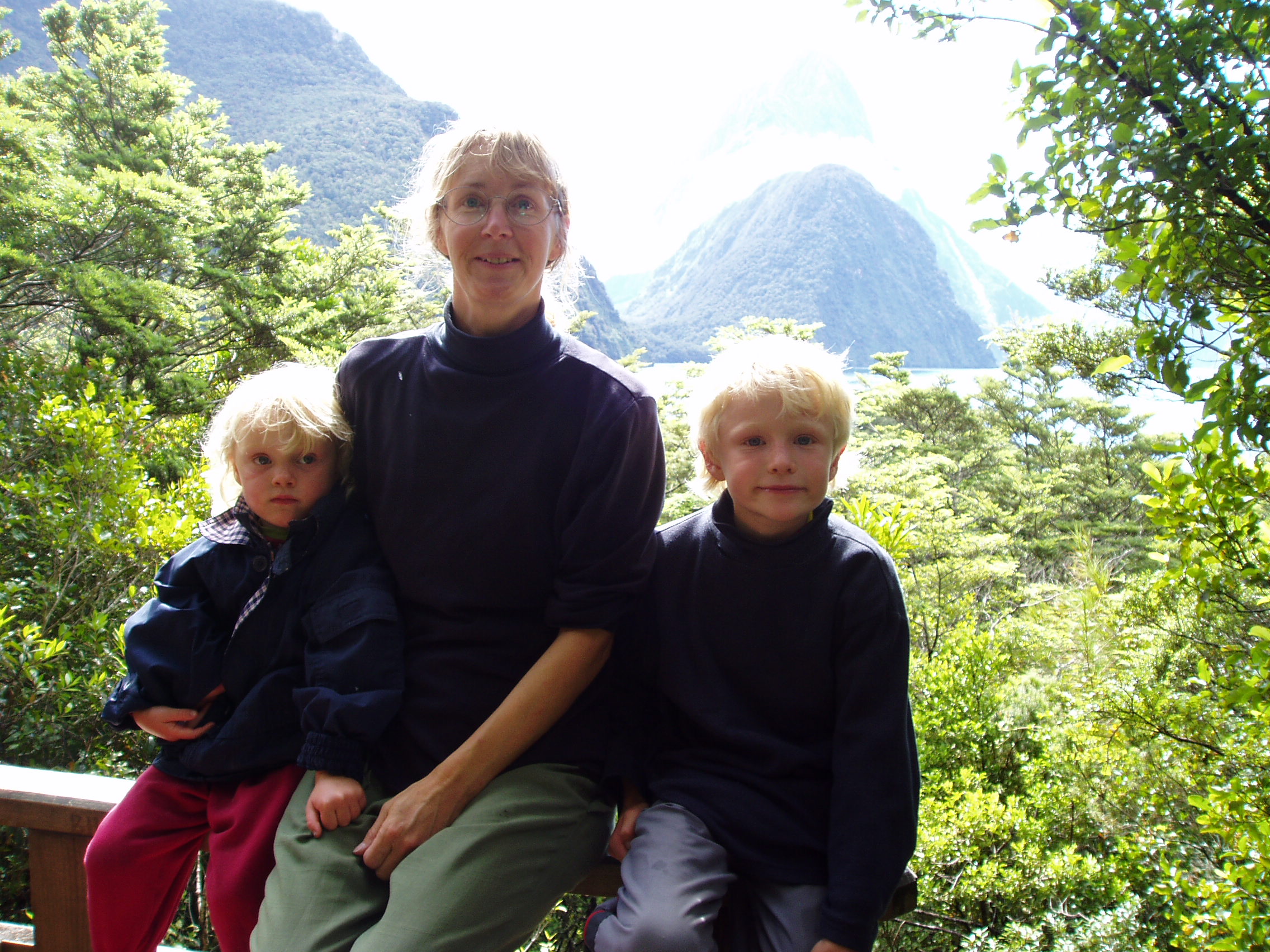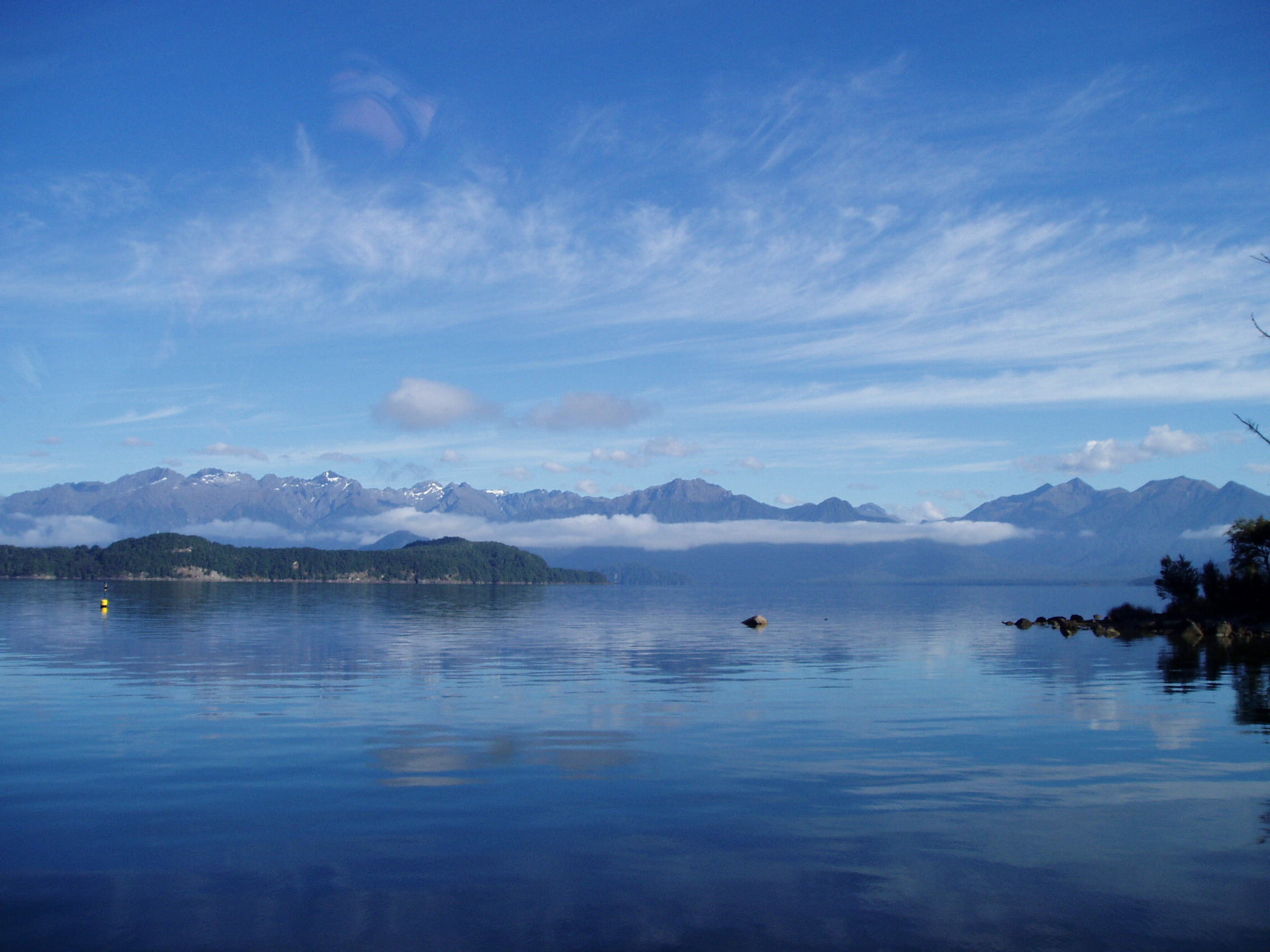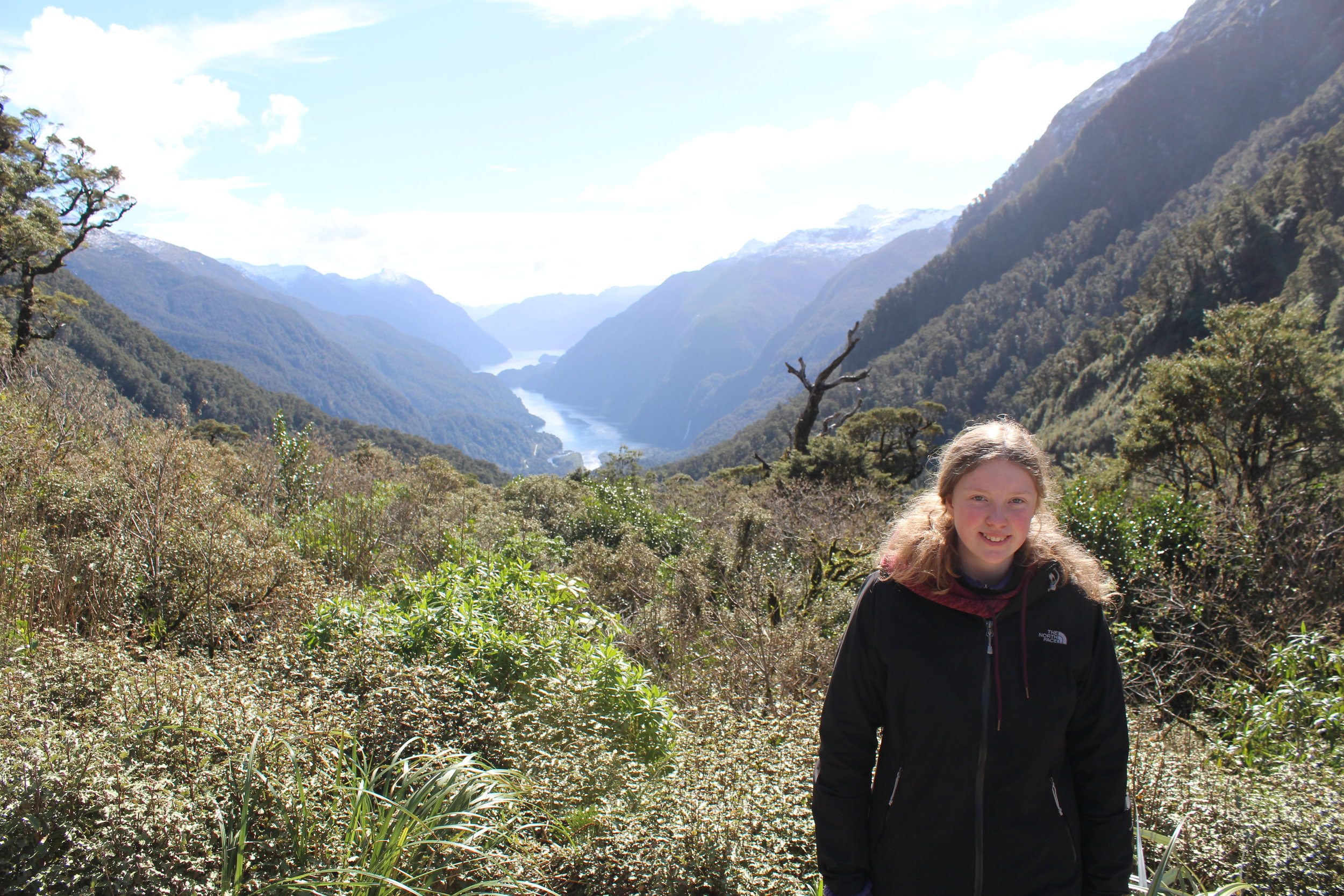This is a bit of a departure from my usual content. And it’s quite long but it is a dramatic story and I had to do it justice. Skip straight to ‘Jaycee’ if you’re short on time. To set the scene, here’s an excerpt from Middle England to Middle-earth:
“By now, our family had a wish list of Things to Do, some spur of the moment ideas, others hankered after for years. One of these was swimming with dolphins. Perhaps I thought that a close encounter of this kind would magically heal the damage caused by seven years of child-rearing. Or perhaps I remembered seeing the dolphin embryo at the Natural History Museum in London and recalled the similarities between dolphins and humans. Or, of course, my father’s encounters with them when sailing. Whatever it was, it took us to Akaroa on the Banks Peninsula, 83km from Christchurch. I am so glad it did, but not in the way I expected. That’s life.”
The Mirror Dinghy
My late father had a love of the sea. His father was a Petty Officer in the Merchant Navy and maybe that kindled his interest. His family lived nowhere near the sea though, but in the land-locked West Midlands. When my father grew up and had his own family, we lived in Worcestershire (again miles from the sea) and I found myself roped into helping to build a Mirror Dinghy, where one of the hardest jobs was holding plywood panels in position by the bow, while Dad stitched them in place with copper wire. For me the smell of resin is redolent of the time spent boat-building in the garage. It was named after the newspaper, The Daily Mirror but we called ours Jaybee after Dad’s initials. If your interested, go to ukmirrorsailing.com for more information.
When the dinghy was finished, I was the one who went sailing with Dad. My brother was a little too young but I was 12 and excited about it. However, the excitement died when, on our first trip to a local river, it became apparent that setting up took an hour. Once in the water, we were either swept downstream by an angry current, something we nicknamed ‘The Bay of Biscay’; or gently becalmed, named ‘The Doldrums'; the latter being nautical nomenclature for a windless belt on the oceans around the equator where sailing ships sometimes get stuck.
The dinghy was taken to the Costa Brava, Spain, where we owned an apartment right by the sea. Here, Dad would go sailing with his friend and colleague Lou, a fellow apartment-owner. Lou’s family and ours holidayed together for a few years.
Back home, Dad took a course with the Royal Yachting Association and then taught sailing on a local lake. He developed his skills over the years on many sailing voyages around the UK, Ireland and France, with an accomplished crew.
Jaycee
I recently discovered some papers Dad had kept, including an account of the dolphin encounter which I had not seen when I wrote my book. To backtrack a little, Dad was now sailing in Lou’s yacht which had been built in the garden - a feat that took two years.
To quote from Dad’s account: “ The day arrived when we assembled and tested the mast, rigging, sails and electrics. Then took it all down again and stowed it in a frame we had built on deck. Two days later, we organised a crane and low-loader in the very convenient adjacent playing fields. Jaycee was then hoisted and transported to Stourport where she was launched with due ceremony into the Severn.”
The 8m-long boat had a hair-raising journey down the river to Sharpness and from then into the Bristol Channel. It was a potentially dangerous passage and they managed to go aground off Weston then spent the night in a sewage outfall outside Swansea Marina because they were too late to get over the bar. The yacht was eventually moored near Milford Haven.
The following year they crossed the Irish Sea to Cork and visited islands with evocative names such as Sherkin Island, Clear Island and Roaring Bay Water, using a small dinghy they carried.
In the third year, they planned a longer offshore passage to the Scillies, which is really where the story begins.
Scillies Season
It was 1992. Lou was the skipper and he had two crew mates. As Dad and Lou were ‘past their prime’, they took with them a guy called Greg who was a hospital consultant from Scotland. He was much younger and very fit and Dad described him as ‘just the man to complement two ancient mariners.’ With their own doctor on board, it gave them a sense of security. The boat was ‘beamy’ and handled well in a rough sea. It had a powerful Volvo engine which proved invaluable. Over to Dad:
Lou
“We had a marvellous time on this holiday in the Scillies. The salon hatch was open throughout and we were under sail 95% of the time. We visited all the main islands with our twin keels and a shallow draught plus with the onboard dinghy we were able to explore some of the more remote ones. The weather was near perfect until the middle of the final week, but on Wednesday the shipping forecast was ominous. On Thursday it rained and rained. Torrential and non-stop. We were in Old Grimsby Sound on Tresco and needed to put on foul weather gear just to go ashore. Friday morning and the shipping forecast was uncompromising: a deep low almost stationary over Lundy, visibility poor to moderate, wind force 7 to 8, sea state rough.”
Dad
Forced to set off due to Greg’s work constraints, they had 120 nautical miles of open sea ahead of them in a worsening situation. It was a serious error of judgement.
Leaving behind Round Island, the last island before Wales, the waves were very steep because of the wind and the tide.
“Then as we lost sight of Round Island something totally unexpected happened. Greg collapsed. He was able to talk but couldn’t stand. He explained that he had Meniere’s disease which affected his balance but would be OK when the violent motion ceased. Except that it didn’t. We laid him out in the open cockpit on his sleeping bag, which was soon soaked, and there he lay for 24 hours - clipped on of course. “
The waves were 5- 6m high on the port bow, ‘on the nose’ causing a tremendous racket as they thundered between the keels. Not that sleep was an option. Dad and Lou needed to run watches of one hour on and one off. They had a tiller rather than a wheel but it required a lot of strength and often both hands to meet each wave safely and surf down the other side.
“We had to be alert for two risks - broaching, being knocked sideways especially by the periodic extra large waves from a different angle, and pitchpoling, digging the bow in as we went over the top. With an 8m boat riding 5m waves it would make a good cartoon. We did carry a small amount of sail, which did nothing for our forward motion but helped stability a little and would make us more visible during the night - not that we saw any other vessels.”
I’m not surprised, Dad. I mean, who else would be daft enough to be out in conditions like that? You all risked your lives. And why didn’t Greg have the sense to inform the crew about his medical condition beforehand?
These were three mature, responsible men who seemed to regard their plight as mere discomfort (albeit with a danger of capsize and drowning). In Dad’s account, he compares his experience modestly to the “terrible ordeals of many professional seamen, especially in wartime.”
Back to the story: “ Our navigation was pathetic. We had an old-fashioned system of radio direction-finding with a hand-held instrument which picked up signals from a series of radio beacons around the coast. In reasonable conditions it could give fair results. Ours were hopeless, but we did have other things on own mind, like staying alive.
Saturday dawned with an angry sky and no let-up in conditions. There had been lulls of course when the wind dropped to 24 knots but it was soon back up to around 36 knots and staying there. We had no sleep, food or hot drinks but didn’t really want any. Greg seemed happy enough flat out. Lou and I still did one hour off and one off like robots.
Then around 1000 hrs the dolphin arrived!
This was a huge bottlenose, probably more than four metres in length. My only previous close encounters had been with two groups of eight or ten, on calm sunny evenings, in their traditional mode of leaping just inches from the bow, smiling happily and departing after ten minutes’ performance. Also, much smaller common dolphins in groups of 30 or 40 have followed us all night on occasions, but at a respectful distance.
This time it was so different. I assumed they stayed below in very bad weather, but this one came up - alone. His expression was serious and concerned. Instead of riding the bow-wave he appeared on the starboard quarter, right at my elbow as I stood in the stern. Both my hands were on the tiller otherwise I could have reached out to touch him.
I felt he was communicating with me. Silently - none of the rapid clicks and squeaks they use when in a group. He was projecting thoughts and pictures, radiating support and reassurance.
Our visitor from the deep transformed our situation instantly, lifting the mood of gloom and resignation that had settled on us. All three of us felt the vibrations, but his attention was focussed on me because I was in control at that moment.”
The dolphin stayed with them for several minutes, diving and re-appearing in the same position.
“Finally, he fixed me with that huge eye and I swear I felt, but not heard,' ‘Follow me!’ Then he was away, in a perfect straight line to the horizon with enormous leaps so that he was visible between the waves.
It seemed like an order so I followed him. It involved an appreciable course change and we took careful note of the compass bearing and held to it come whatever for the next five hours.
It led us precisely to St Anne’s Head at the entrance to Milford Haven.
In those next hours the conditions didn’t change. If anything the wind strengthened. The waves were now nearly on the beam, so increasing the risk of broaching.
Shortly after noon Greg surprised us again! Without warning he threw off his harness, jumped up on the hatch over the companion way, shielded his eyes and announced: ‘ I see chimneys!’
Indeed he could, tall ones belonging to the power station. Greg made up for lost time and insisted on tasking the helm for the remaining three hours of the passage, now that he had land to focus on.
We had one small incident entering the Haven when the Stena Superferry for Rosslare. listing alarmingly, was forced to cut across our path in order to clear the entrance. Greg, fully invigorated - well he had had a good rest - showed his usual panache in getting up sail quickly and tacking (with full engine revs as well!) in order to keep clear.
We had another incident later when we went aground but it enabled us to make a hot meal before the tide re-floated us an hour later.
Then back to our mooring and that was the end of the passage.”
Some passage! Just two years later in 1994, Jaycee had a satellite navigation system that enabled them, at the touch of a button, to plot a position accurate in most cases to 100 metres - with this they could sail in close to rocky coasts.
Dad and Lou logged about four thousand nautical miles in the following ten years, sailing in bigger yachts and experiencing some violent but short-lived storms. They never failed to maintain a good log and chart work, using GPS navigation to give an accurate position. And they never had another close encounter with a large, bottlenose dolphin…



















































































